[US] BEVs account for more than 20% of new vehicle sales A look into the lives and livelihoods of BEV users in California
- Release date: Jan 23, 2025
- 2445 Views
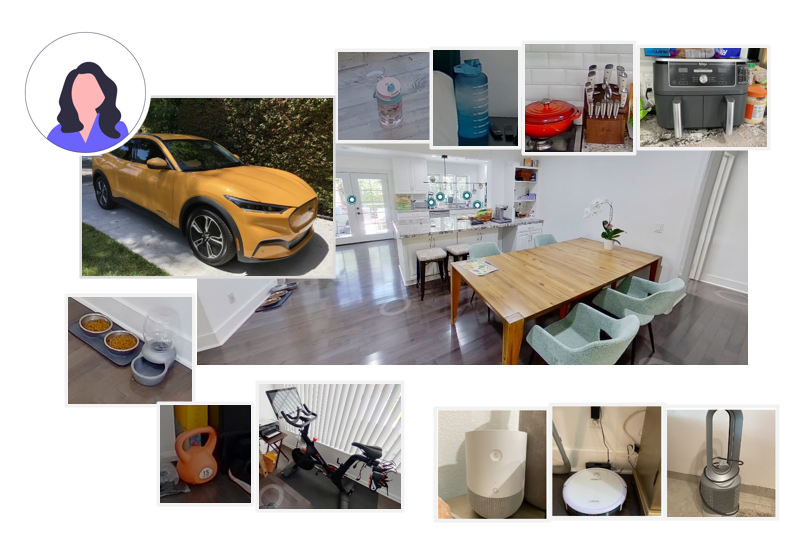
As the U.S., EU, Japan, and other developed countries are moving toward carbon neutrality, automakers are focusing their efforts on EVs. In particular, battery electric vehicles (BEVs) are selling well in California, the United States. California is one of the regions where battery-electric vehicles (BEVs) are selling well. Although hybrid vehicles have recently been experiencing a resurgence in popularity, political and economic factors such as the ZEV policy* and soaring gasoline prices are driving demand for EVs, and by 2024, approximately one in five new cars sold will be a BEV. What kind of people are the EV owners in such regions? Using the Consumer Life Panorama (CLP), a visual database that provides a glimpse into their living environment, we gain insight into their personalities.
*ZEV policy: Policy aimed at reducing vehicle emissions and minimizing environmental impact.
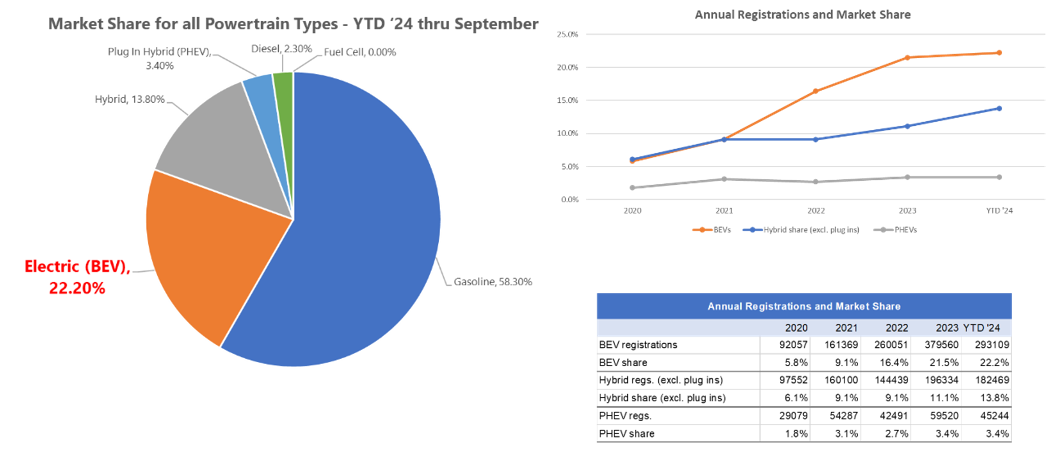
Reference: Compiled by Intage based on “California New Car Dealers Association Releases Q3 2024 Auto Outlook Report."
We will introduce three BEV users living in California. We will focus on what they have in common, and examine their characteristics by dividing them into 1) demographic information, 2) area and type of residence, and 3) values and lifestyle.
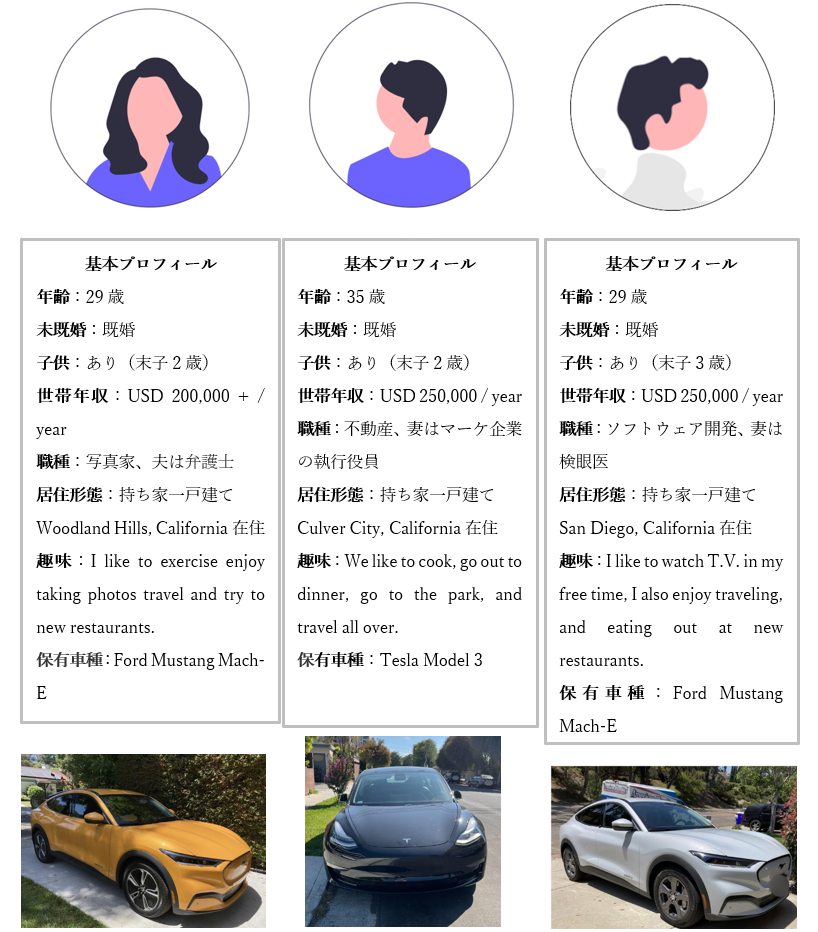
Reference: INTAGE Consumer Life Panorama
1. attribute information
● Relatively affluent with annual household income of USD 200,000 or more.
● Have small children (under 3 years old) and live with their pets.

Reference: INTAGE Consumer Life Panorama
Since BEVs are generally more expensive than gasoline-powered vehicles, it is likely that they are owned by relatively affluent or more affluent people like them. In addition, since all three of them live with small children and pets, they may have chosen BEVs with quietness and remote climate control in anticipation of carrying their children and pets. Tesla also offers special functions for pets waiting in the car, such as Dog Mode. If we can dig deeper into the relationship between pets and EV ownership, we may be able to find the key to new functions, services, and appeal points.
↑upTesla's Dog Mode (a feature for pets waiting in the car)
From Instagram
2. Area and type of residence
● Living in an urban area or the Bay Area where charging infrastructure is in place
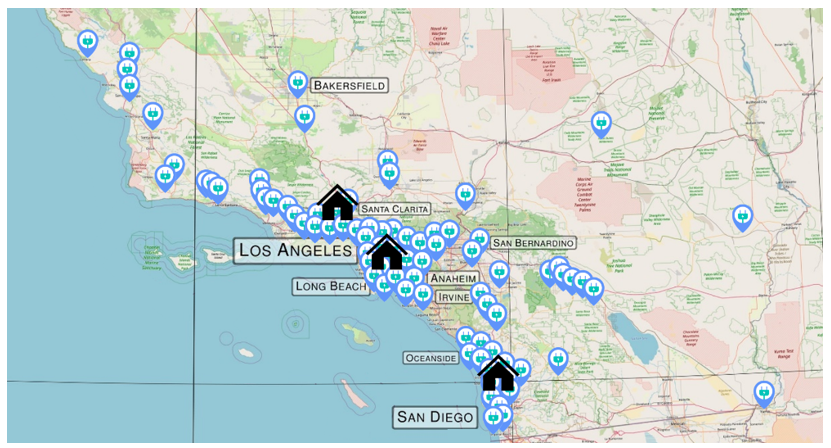
Reference: Compiled by Intage based on " ChargeHub Charging Stations ".
● Detached house. There is a space in front of the house where you can pull up.

Reference: INTAGE Consumer Life Panorama
Although the charging infrastructure is being developed, installation is still limited to the urban and Bay Area areas. In addition, when considering charging BEVs at home, it is easier to install charging facilities in single-family homes and owner-occupied houses. Therefore, it is likely that BEVs are owned by people like the three respondents who live in owner-occupied single-family homes near urban areas and the Bay Area.
Another feature that all three have in common is that they all have space in front of their houses for their cars. Since street parking is common in North America, many houses do not have space for a car in front of the house. However, when charging at home, it is necessary to connect a cable, and if the car is parked on the street, the cable cannot reach the car, so the car is parked in front of the house to charge.
3. Values and lifestyle
①I like new things and actively incorporate them into my life.
● My hobbies are traveling and eating out
● I own new things that use technology, such as smart speakers and robot vacuum cleaners
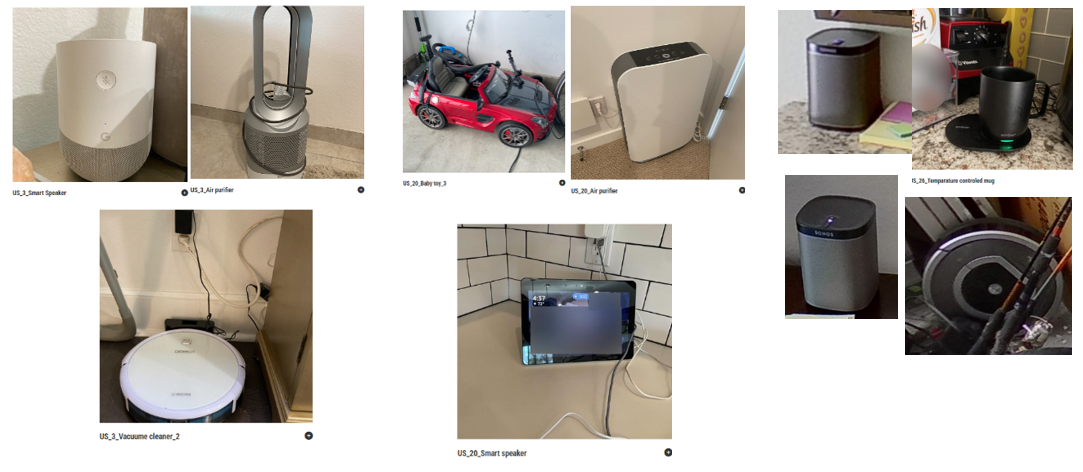
Reference: INTAGE Consumer Life Panorama
In common, all three enjoy traveling and eating out. The fact that they visit places they have never been and try new restaurants suggests that they are people who like new things. Also, the fact that they own new technology-based items such as smart speakers and robot vacuum cleaners suggests that they are people who like new things and actively incorporate them into their lives.
②Active and healthy lifestyle
● I have a full-fledged fitness bike and running machine, and I have a space for exercise at home.
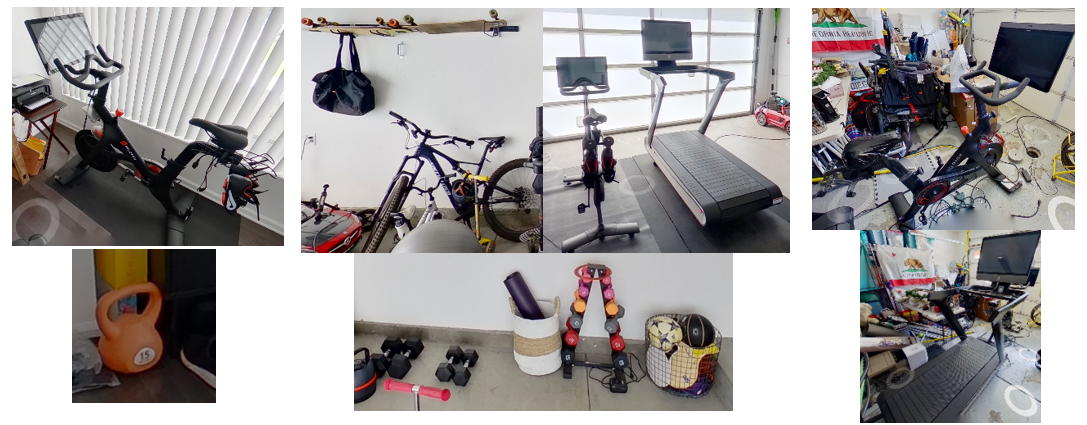
Reference: INTAGE Consumer Life Panorama
● There is a good selection of cooking utensils and seasonings (≒ I cook regularly).
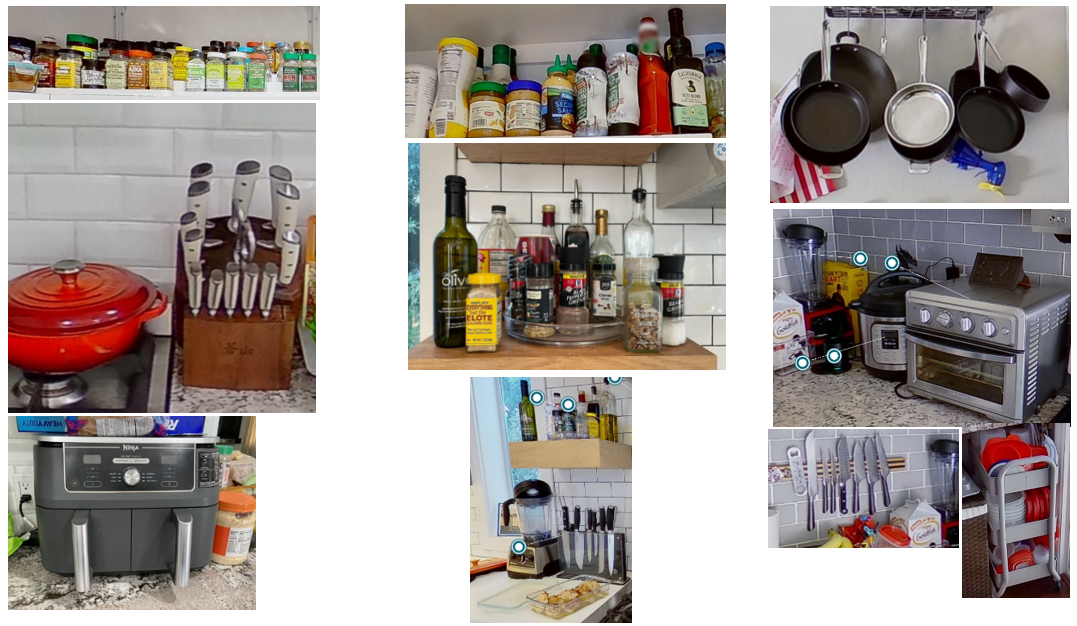
Reference: INTAGE Consumer Life Panorama
All three have full-scale training equipment and training spaces in their homes, suggesting that they exercise on a daily basis and lead active and healthy lives. If a high percentage of BEV users exercise on a daily basis as they do, then interesting new features and services that combine fitness and EVs may be in high demand. In addition, the wide range of cooking utensils indicates that they are people who cook on a regular basis. From this point of view, it can be said that they lead a health-conscious lifestyle.
③ Concern for environmental protection
● Relatively affluent, but use water bottles on a daily basis and reusable containers such as Tupperware and refillable bottles.
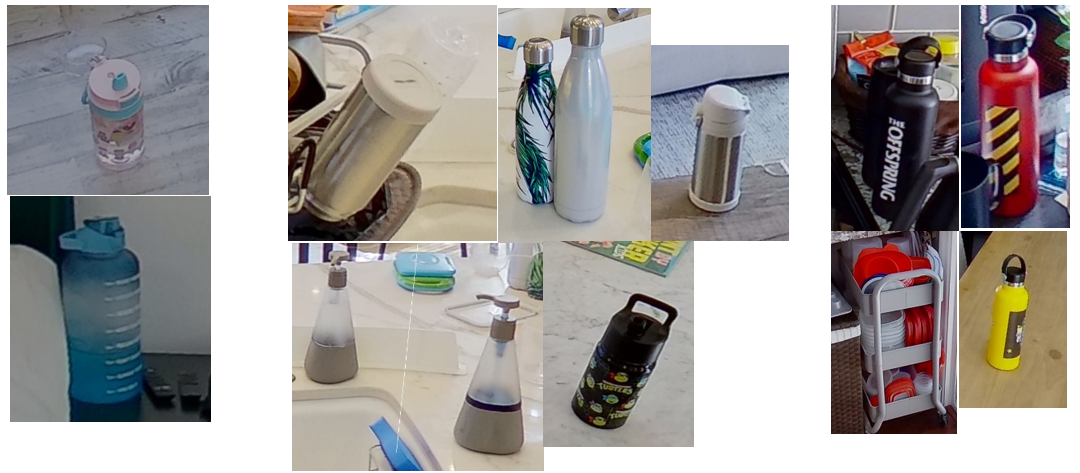
Reference: INTAGE Consumer Life Panorama
Despite their relative affluence, they are likely to be concerned about environmental protection because they routinely use reusable containers such as water bottles, food storage containers, and refillable bottles. Many may find water bottles and food storage containers generally troublesome because they need to be washed each time and refillable bottles need to be refilled. If they can afford it, they tend to buy products such as bottled beverages or detergents that come in pre-packaged containers, but they still use water bottles and reusable containers, which suggests that they are people who care about environmental protection.
④ Want to make their lives better
● People who have pets seek healing and connection in their lives ≒ They want to improve their lives.

Reference: INTAGE Consumer Life Panorama
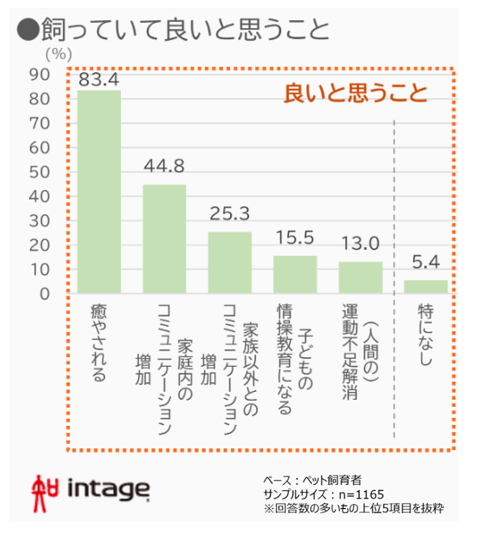
https://www.intage.co.jp/news/1692/
The most common reasons for having a pet were: “Healing” (83.4%), “Increased communication within the family” (44.8%), and “Increased communication with people outside the family” (25.3%).
As mentioned in the “1. Attribute Information” section, all three of these respondents own pets. In our past surveys on pets, we have found that people who own pets seek healing and connection in their lives, so they must be people who want to improve their lives.
It's not just for EV owners, though ...

Reference: INTAGE Consumer Life Panorama
A peek into the contents of the refrigerators of the three respondents shows that the large refrigerators are stocked with large quantities of food and beverage items. This is not limited to EV owners, but the U.S. as a whole tends to purchase large quantities of food and beverages at one time, and many people stock their refrigerators full in this manner. However, California has the second highest number of major power outages in the U.S. (2000-2023 statistics). The advantage of using an EV as an emergency power source may also be a factor when considering the purchase of a BEV, as the power outage would make the items that have been purchased and stored go bad.
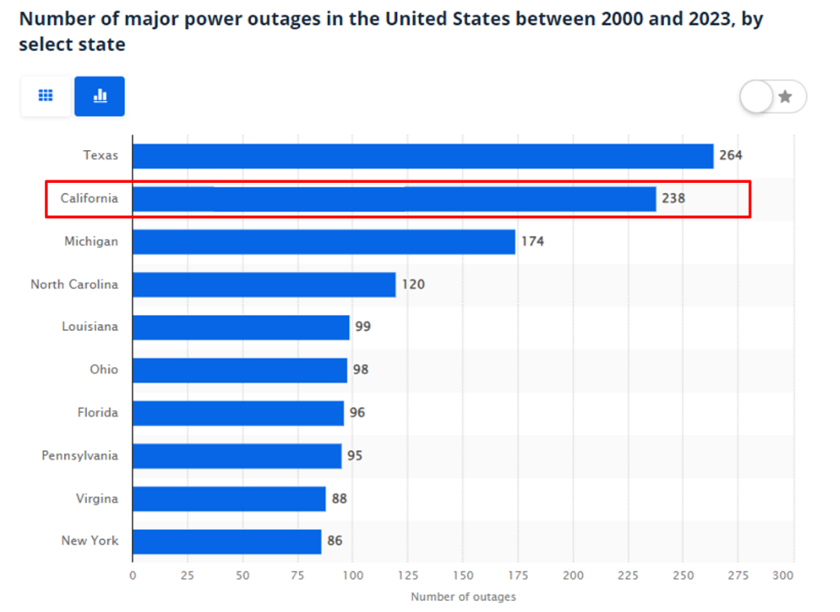
Reference: Axios; Climate Central; US Department of Energy (adapted from Statista)
Summary
To summarize the three individuals presented here, they are affluent, live in owner-occupied single-family homes in the urban Bay Area, and live with small children and pets. They can be described as people who like new things, lead active and healthy lifestyles, and place importance on environmental protection and improving quality of life. He is what we call a “conscious person”. Having lived in Canada for four years and visited California several times, I have a strong impression that people who drive EVs are “progressive” and “sigodeki. I think they are chosen by people who do not want to be behind the times and who are willing to try new things first.
Also, we can formulate various hypotheses based on the discoveries we made while looking into the actual living conditions, such as the relationship between pets and EV ownership, fitness x EV, and the use of EVs as emergency power sources to protect food that has been stored in the car. Further quantitative verification is needed, but by looking at the connection with consumers' lifestyles and values, unexpected key points for marketing measures may be found.
In China, which is said to be the leading EV country, EVs are seen not only as a means of transportation, but also as moving consumer electronics. In China, EVs are not just a means of transportation, but also a moving household appliance. Understanding not only the area around the car, but also the homes and lifestyles of consumers may provide new insights and hints.
Recently, the popularity of hybrids has been revived and BEV sales are slowing down, but as long as national and local governments set carbon neutrality as a goal, EVs will undoubtedly play a very important role. Therefore, it will be important in the future to understand consumers more deeply by broadening our perspective to include their homes and lifestyles, not just the area around their cars.
Translated with AI Translator
What is Consumer Life Panorama?
This is a website-type database that has accumulated visual data on more than 1,000 sei-katsu-sha from 18 countries around the world. The database includes many 3D models of living environments and 2D data of items owned by each sei-katsu-sha, and is useful for understanding overseas sei-katsu-sha, which is difficult to grasp using only letters and numbers.
For more details, click here.
As quoted in this column,
・Understand the lifestyles of overseas target consumers.
・Understand the living environment and values of the target consumers in a broad range of areas, not only in terms of categories.
etc., and it can be used as a home visit survey that does not require going to the location.
-

Author profile
Yuto Kimura
Joined Intage in 2024, and is a researcher in the mobility field.
Spent four years of her student days in Canada (Vancouver), where she was a member of the university's sports club soccer team. While rubbing shoulders with her multinational teammates, she cultivated a global perspective and values.
Her car at the time was a Civic, and despite being scared of the left-hand drive, she achieved zero accidents and zero violations.
Her hobby is driving, and her special skill is parallel parking. -

Editor profile
Risa Takahama
In charge of creating the Global Market Sufer website.
 Global Market Surfer
Global Market Surfer CLP
CLP